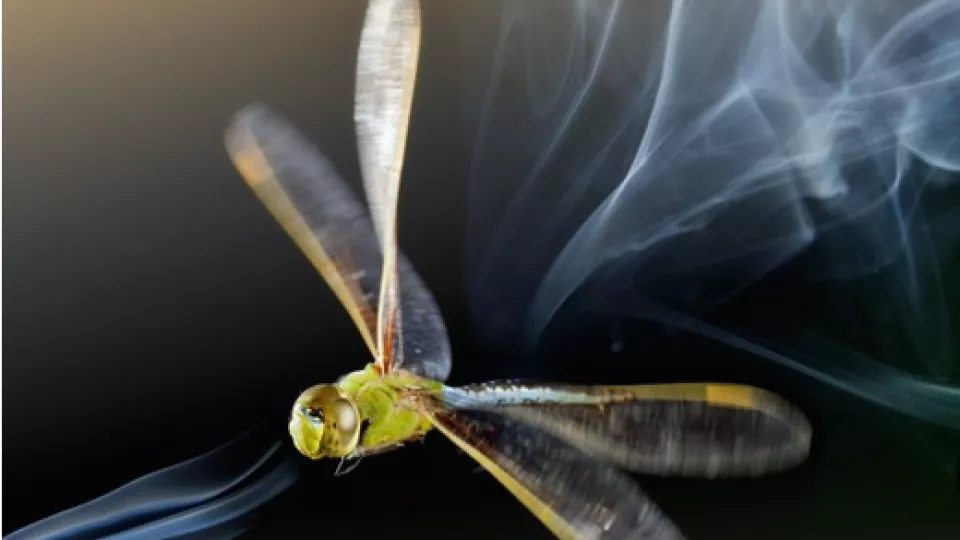The wings and flight of the dragonfly have been studied by researchers at the Faculty of Science at Lund University in Sweden, together with colleagues in the UK, Japan and the USA.
The structure of the wings helps create a wing that is flexible, strong and sturdy, and increases flight efficiency dramatically.
The aerodynamics is not affected by the structure of the wings, but by their shape. The wing shape also contributes to the dragonflies’ high efficiency in the air, managing to catch their prey in nine out of ten cases.
“An understanding of aerodynamic efficiency can be become useful in wind power and aircraft development. The wing structure’s complicated system for sturdiness might become of use in materials research and provide light yet strong materials”, says researcher Per Henningsson.
The results are published in an article in the scientific journal Philosophical Transactions B.
